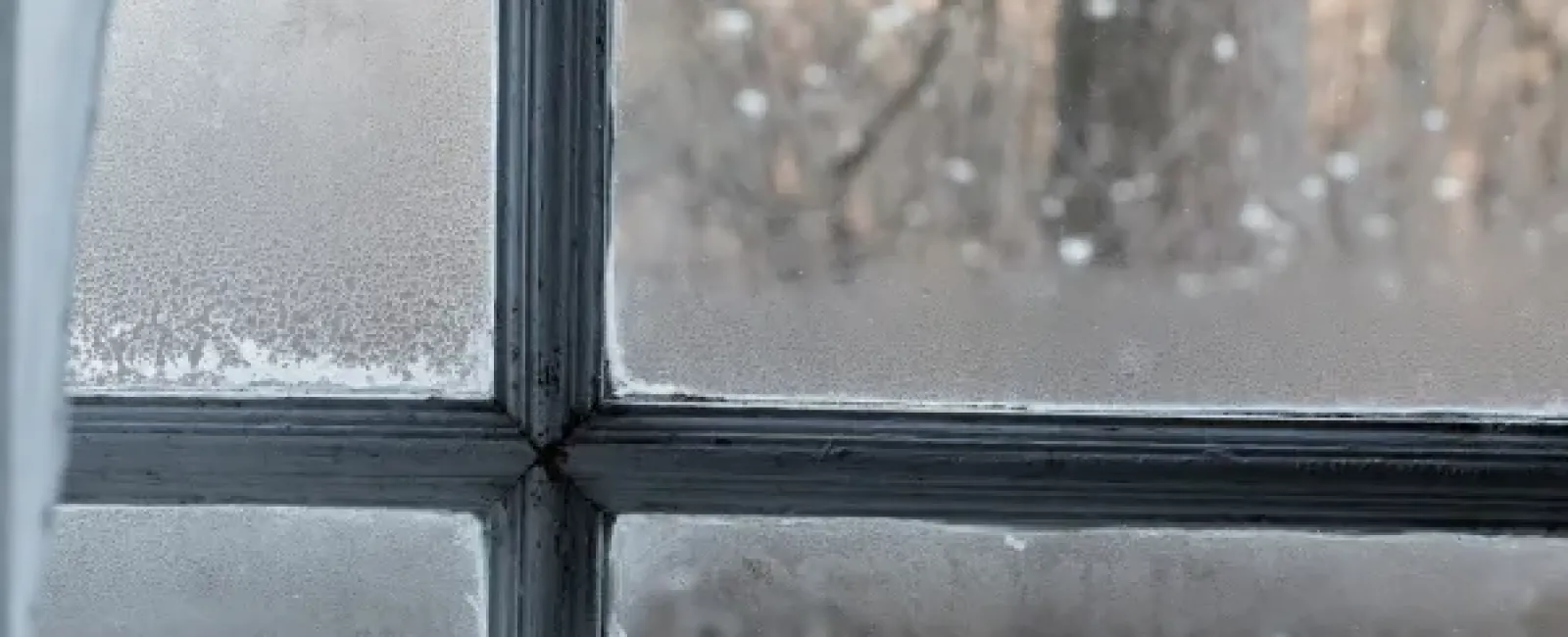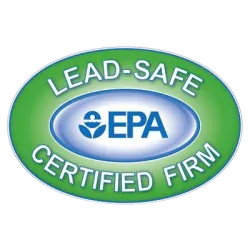Have you noticed drops of moisture beading up on your windows? That's condensation — and though it may not exactly be appealing, its presence on your windows isn't something that should immediately cause alarm.
Though all condensation may look the same, you can determine whether your windows are in trouble by the cause of the condensation. Keep reading to discover common reasons for condensation — and when it becomes a problem.
What Causes Condensation?
Condensation is the process of water vapor turning into liquid water. Water vapor in the air can be converted to liquid when it comes into contact with cooler surfaces, such as the sides of a cold glass. This process is called condensation. It is the opposite of evaporation, which occurs when liquid water turns into vapor. Condensation is an important part of the water cycle and is responsible for the formation of clouds, dew, and fog.
Common Reasons for Window Condensation
First, it's important to notate that condensation itself is both normal and a natural process. It is not a byproduct of your windows. In fact, if windows could produce condensation, we should send them to the driest deserts and utilize them for their water-producing characteristics.
Although we're being facetious, it is an important distinction to make.
There are two types of condensation that manifests itself on your windows — normal condensation on the exterior or interior of your window, and problematic in-between-the-pane condensation.
To better explain these condensation locations, let's first show a diagram of a double pane window glass unit. There are four surfaces of glass. Surface 1 is what is exposed to the exterior elements, surface 2 and 3 are the interior surfaces of glass you cannot touch, and surface 4 is the glass that is on the interior of your home.

- Condensation is normal when it appears on the interior of window surfaces (Surface 4) when humidity is present if it evaporates when the moisture source goes away. It's also normal for windows to develop condensation on the exterior (Surface 1) and have the condensation evaporate when temperatures rise above the dewpoint.
- Condensation is not normal when it shows up between your windowpanes (Surface 2 or 3). This condensation - also referred to as seal failure - is a sign something is wrong with your windows.
For a better understanding, let's look at some common causes of window condensation and which ones should be a cause for concern.
Household Functions
There are plenty of daily activities, like running the dishwasher, taking a shower, cooking dinner, and even breathing and sweating, that can release extra moisture into your home.
For example, if you notice your kitchen window developing condensation on the surface when you're boiling a pot of water — it's likely temporary. If the interior condensation evaporates when you're done cooking (or cleaning, working out, etc.) — you have no reason to be concerned.
I'm sure we've all seen how taking a long, hot shower can produce moisture on both mirrors and bathroom windows. After ventilating the room, either through a fan or opening the window, the moisture escapes and the condensation on the window goes away.
Plants
Plants can release moisture into the air. As a result, if they are in excess and set by a window, they can be a contributing factor to condensation seen on your windows.
Warm Climate
Since we live in Georgia — a state considered to have a warm climate — it's not unusual for the exterior of your windows to develop condensation in the morning that eventually evaporates when the outdoor temperatures rise.
Exterior condensation is actually a sign your windows are working correctly by regulating the temperature of your home — which can save you money on energy bills. The reason your old, drafty windows may have never had condensation on them is because they were not sealed properly, allowing the moisture to escape and not build up on the window in the first place.
Seal Failure
If you notice condensation between your windowpanes (Surface 2 or 3), it's almost always a sign of seal failure. In reference to the glass photo above, a typical double pane window has a seal system that insulates the two panes of glass. This is what allows for energy efficiency for your home, so when they break, your home may experience uncomfortable drafts and high energy bills.
Although you can replace just the glass on certain windows, it is not always possible, nor is it always a permanent solution. Full window replacement with Ultrex fiberglass windows can fix your interior condensation/seal failure problems.
Helpful Ways to Eliminate Condensation from Your Windows & Home
While not all condensation is bad condensation, if left unchecked, condensation can impact your home's well-being and your family's health.
Condensation dripping from your windows can create stains and discoloration on your interior walls and, worse, can result in rotting. If you notice a musty smell in your home, you may have mold growth from excessive moisture that can cause allergies and health problems.
If you'd like to eliminate condensation in your home to reduce the likelihood of these potentially severe issues, here are a few options to consider:
- Boost Temperatures — If your home is warm, the air inside can hold more moisture, resulting in less condensation on your windows. In the South, homes should maintain a humidity level between 40%-50% at a room temperature of 72°F.
- Increase Ventilation — Throw your windows open for a few minutes daily, keep ceiling fans running as often as possible, and use extra fans when you're showering or cooking to keep the air circulating inside your home.
- Replace Windows — If you notice condensation on the inside of your windows, you may need to find replacement windows with stronger seals, like Infinity from Marvin® fiberglass windows installed by NG Windows.
Say Goodbye to Seal Failure with Infinity from Marvin Fiberglass Windows
If you're dealing with condensation between your windowpanes and want to fix this issue as quickly as possible, give our NG Windows team a call.
We can help you install Infinity from Marvin fiberglass windows made with Ultrex® — a material that expands and contracts at nearly the same rate as glass — to help combat seal failure. You'll never need to worry about between-the-glass condensation again!
Learn more about our expert window replacement services, and discover the many colors, styles, and designs we carry that you can choose from to customize your home!
Further Reading









